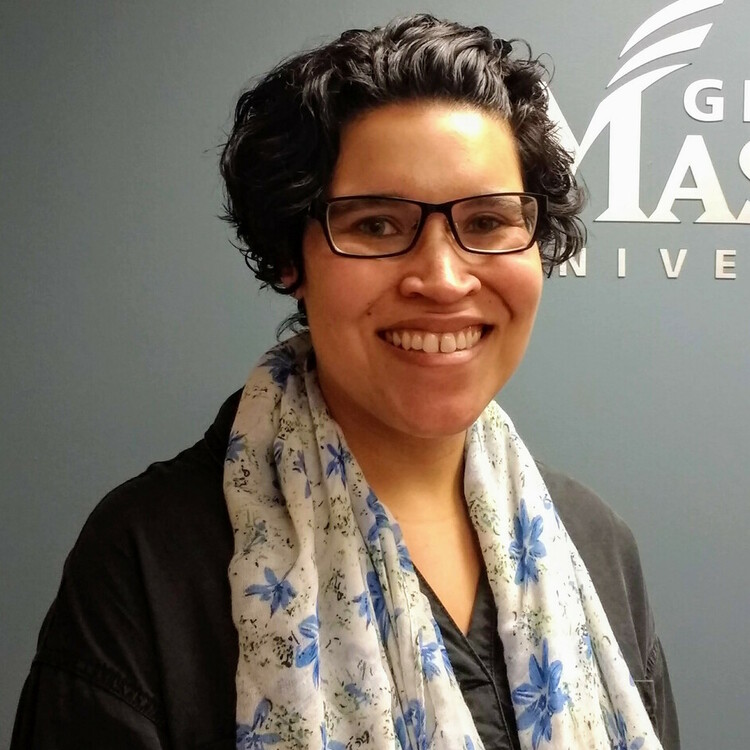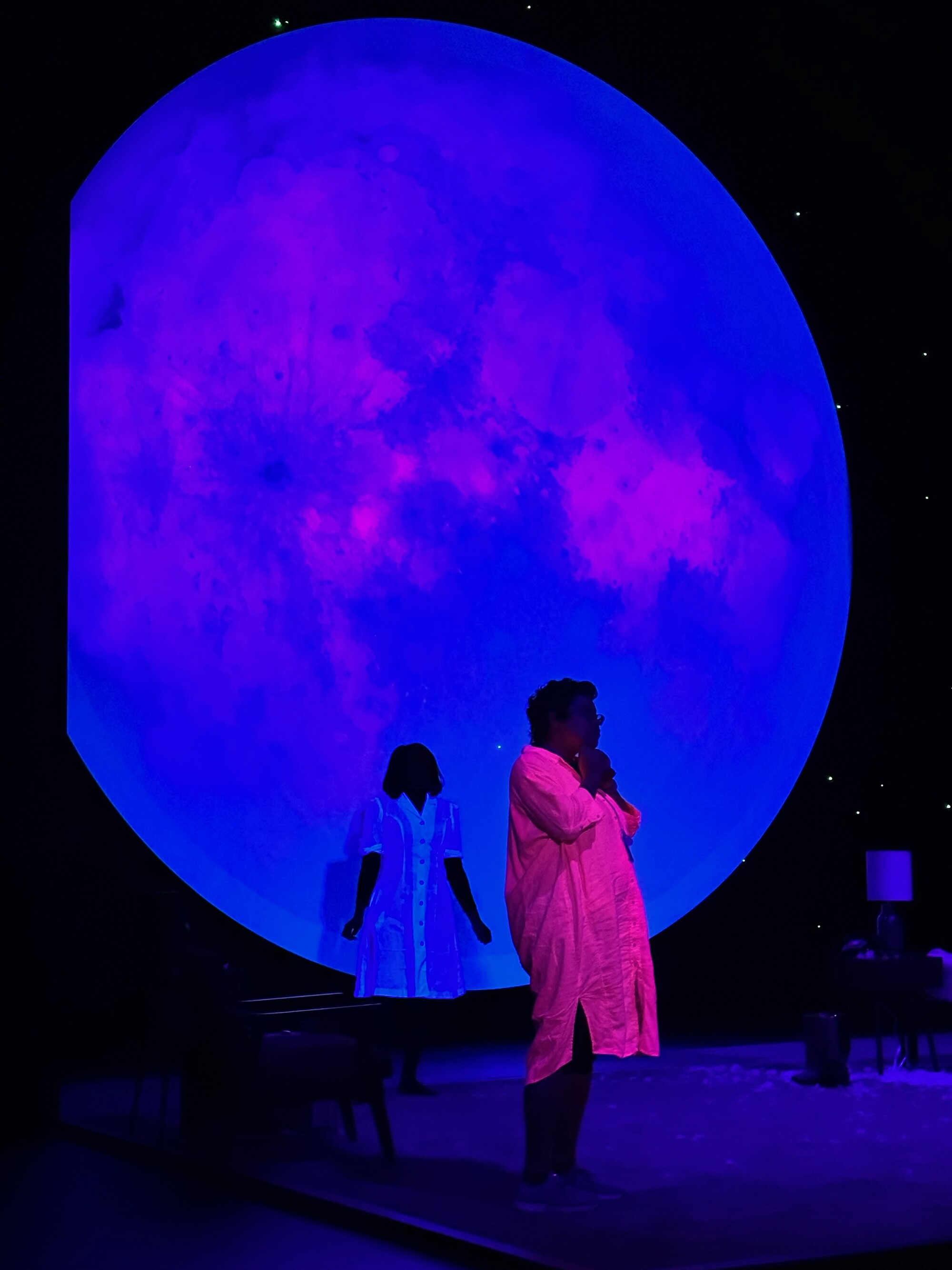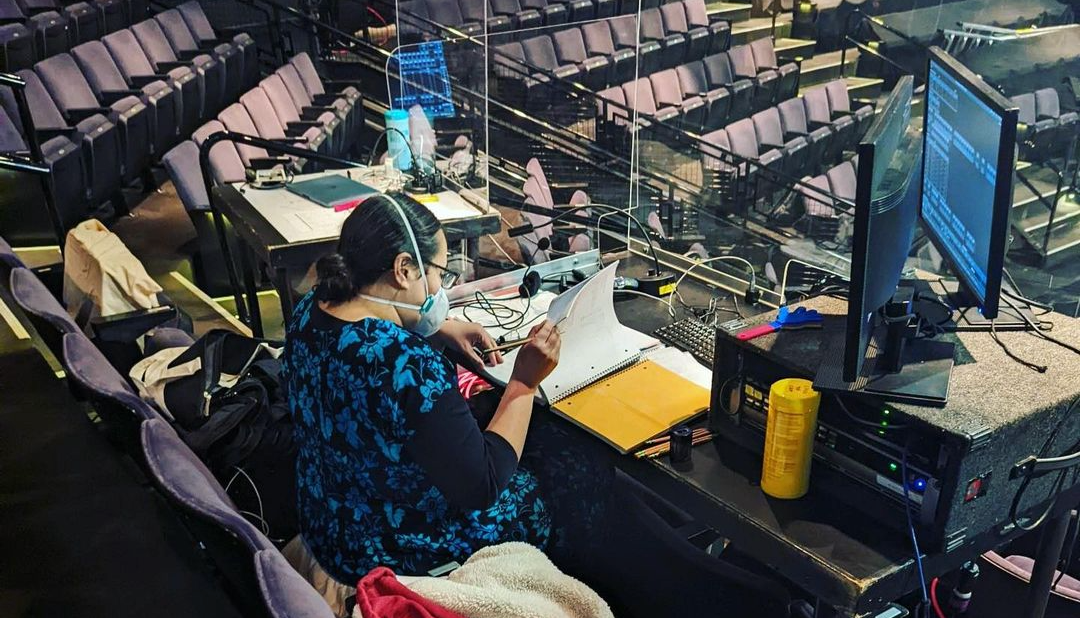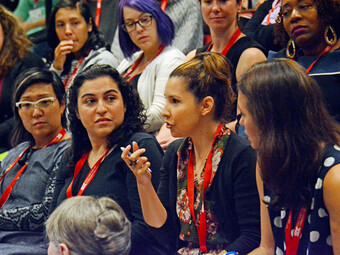Sherrice Mojgani: Porsche, your study “Who Designs and Directs in LORT Theatres by Pronoun”—the latest and final installment of which will be published tomorrow!—has been a clear-eyed look at the gender equity issue in theatre in the United States. With eight seasons of data to analyze now, what new questions have you been trying to answer? Is the question in your mind still who gets to design and direct in League of Resident Theatres (LORT) member theatres?
Porsche McGovern: It's the same fundamental question: who gets to design and direct at LORT theatres, and who gets to continue doing so? I've added new charts this year that isolate designers and directors who worked on one or less productions over eight seasons. Some of these artists perhaps worked on their first show in the 2019-2020 season, so they might be new to LORT, and some might have retired after the 2012-2013 season. But there's a whole bunch of people that doesn’t apply to, who did one show in one season and never did another LORT show again. For example, that’s happened with 5.2 percent of all scenic positions.
Sherrice: That refers to positions. How many people?
Porsche: That's 37.1 percent of scenic designers, which is 221 out of 596 scenic designers who have worked at a LORT theatre in the past eight seasons.
Sherrice: Wow, 37 percent of scenic designers got one shot at a LORT production in eight seasons!
Porsche: Right? It's not a big chunk of positions, but it's a big chunk of people.
Sherrice: Right. That's a huge chunk of people.
Porsche: That number is not out of line with the other disciplines. It's 37.8 percent for costume designers (275 out of 727 designers), 33 percent for lighting designers (183 out of 555 designers), 34.8 percent for sound designers (184 of 529 designers). It's 52 percent for video designers (116 out of 223 designers)—which sort of makes sense.
Sherrice: That makes a lot of sense. Video is such a new discipline, and those artists can move very easily to other industries.
Porsche: Yeah, that makes a lot of sense. And then for directors, it's 41.2 percent (418 out of 1,015 directors).
Sherrice: Those are LORT theatre retention numbers according to your study.
Porsche: Now I'm sad again.
I hope theatre leaders use this study to talk about which artists they cultivate. Who doesn't just show up for one show of the season?
Sherrice: What do you hope LORT theatres and other theatre leaders will do with this information that 30-40 percent of freelance artists they hire might only work in any LORT theatre once?
Porsche: I hope they ask themselves, “Who do we hire?” I think the study gives theatre leaders a starting point and data to compare their own hiring statistics to. I hope that the study sparks conversations that are not only about gender equity but also other demographics like race and disability. I want them to ask themselves: who have I supported in the past? Which designers feel like they have an artistic home at our theatre? Then they should examine who those people are. Are they all people that share the same or similar identities? Theatres should be looking at that—and not just overall but by discipline, also.
I hope theatre leaders use this study to talk about which artists they cultivate. Who doesn't just show up for one show of the season? Who are theatres making a commitment to and saying, “We're going to try to hire this person three times in the next five years”? Does your theatre have systems advancing artists from your D—lower minimum rate—space to your B—higher minimum rate—space? Is there a system so that artists can be making closer to a living wage? I hope theatre leaders are hiring people for the right reasons. When hiring somebody with a traditionally excluded identity, is your theatre making a commitment to them and their trajectory as an artist or just hiring them to say to the board or diversity committee that the institution has met its “diversity goals” for the year?


















Comments
The article is just the start of the conversation—we want to know what you think about this subject, too! HowlRound is a space for knowledge-sharing, and we welcome spirited, thoughtful, and on-topic dialogue. Find our full comments policy here